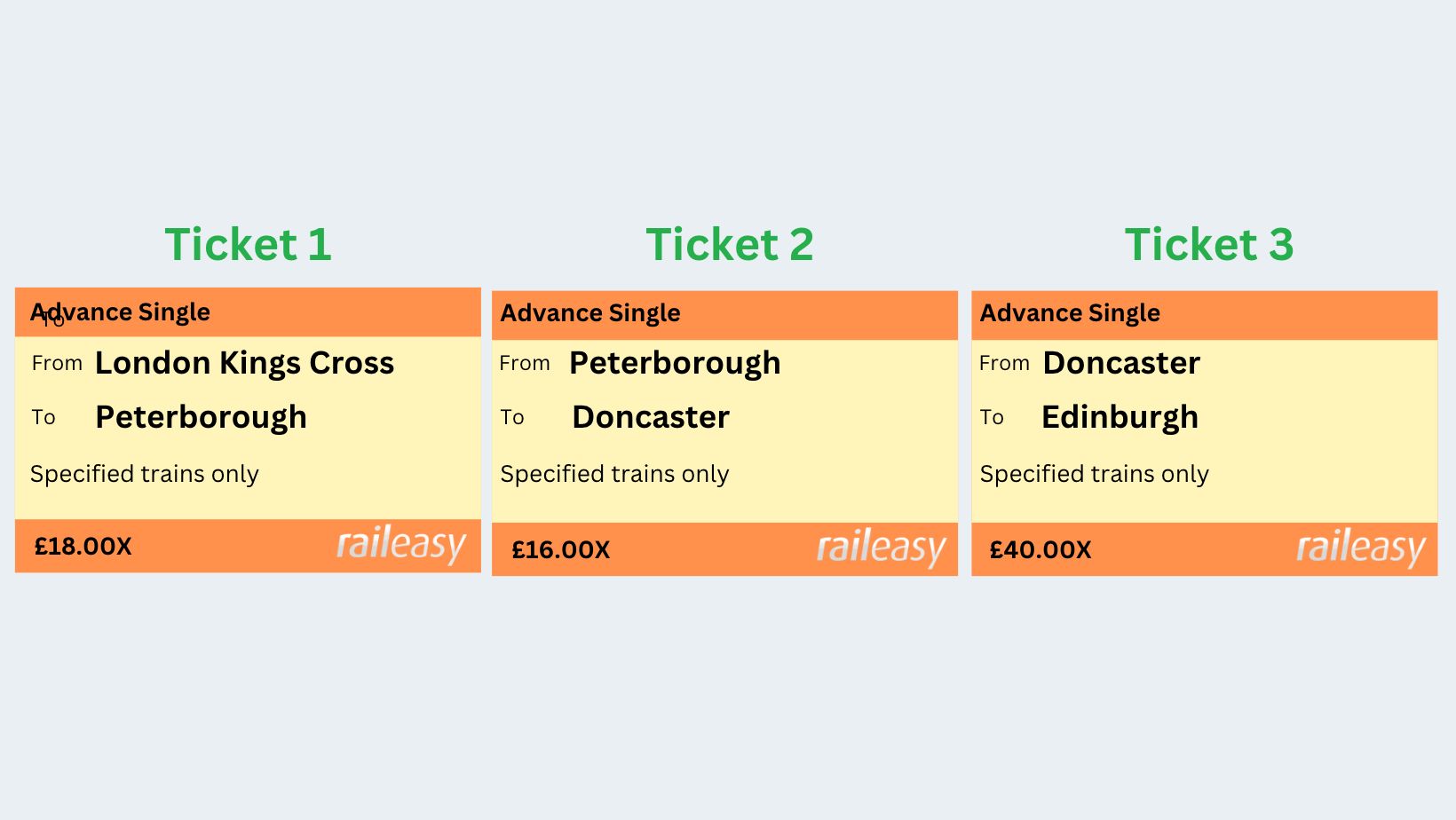A Guide to Using Split Tickets and Understanding Your Itinerary
If you've booked a split ticket for your train journey, you may be wondering how to use it and whether you need to get off at the stations where the tickets split. In this article, we'll explain the basics of using split tickets and how to decipher your itinerary.
Firstly, a split ticket is when you purchase multiple tickets for different sections of your journey, instead of buying one ticket for the entire trip. This can often result in significant cost savings, as different sections of the journey may have different fare prices. For example, instead of buying a ticket from London to Manchester, you may choose to buy a ticket from London to Stoke-on-Trent and then another ticket from Stoke-on-Trent to Manchester.
When you book a split ticket, you'll receive an itinerary that outlines the different sections of your journey and the stations where your tickets split. It's important to carefully review your itinerary to ensure that you know where you need to change trains or get off and on.
In general, you do not need to get off at the stations where the tickets split unless your itinerary explicitly states that you need to do so. In most cases, you can stay on the train until you reach your final destination. However, it's essential to make sure that you're on the correct train and that it stops at all the stations listed on your itinerary.
When you arrive at a station where your ticket splits, you may need to change trains or wait for a connecting train. It's essential to check your itinerary to see how long you have between trains and whether you need to change platforms. If you're unsure about anything, don't hesitate to ask a member of staff or a conductor for assistance.
Let's say you want to travel from London to Edinburgh, and you've found that the cost of a direct ticket is quite expensive. Instead, you decide to book a split ticket for your journey. You find that booking a ticket from London to Peterborough, a second ticket from Peterborough to Doncaster, and then another ticket from Doncaster to Edinburgh, is significantly cheaper.
So you purchase these tickets and receive an itinerary that looks something like this:
London to Edinburgh:
-
Depart London King's Cross at 9:30 am
-
Arrive in Edinburgh at 2:15 pm
-
Train operator: LNER
Service calling points/ stops:
LNER service from London Kings Cross to Edinburgh
| Station | Arrive | Depart |
|---|---|---|
| London Kings Cross | 09:30 | |
| Peterborough | 10:16 | 10:18 |
| Newark North Gate | 10:44 | 10:46 |
| Doncaster | 11:08 | 11:10 |
| York | 11:32 | 11:35 |
| Darlington | 12:04 | 12:06 |
| Durham | 12:22 | 12:23 |
| Newcastle | 12:36 | 12:40 |
| Morpeth | 12:52 | 12:54 |
| Alnmouth | 13:07 | 13:09 |
| Edinburgh | 14:15 |
Tickets:

As you can see, your ticket splits at Peterborough and Doncaster. You don't need to get off at both these stations unless your itinerary explicitly states that you need to change trains or stations.
When you board the train at King's Cross, make sure that it's headed to Edinburgh and that it stops at all the stations listed on your itinerary. When you arrive in Peterborough, check your itinerary to see where you need to go for your next train. You may need to change platforms, so give yourself enough time to do so. In the example provided, no changing of trains is required. You simply need to stay on the same train until you arrive at Edinburgh.
Once you board your train to Edinburgh, make sure it's headed in the right direction and that it stops at all the stations listed on your itinerary. When you arrive in Edinburgh, you're done!
By booking a split ticket, you were able to save money on your journey without sacrificing too much time or convenience.
In summary, using split tickets can be an excellent way to save money on train travel. Make sure to carefully review your itinerary, know where your tickets split, and check the train times and platforms for any connecting trains. By following these simple steps, you'll have a smooth and cost-effective train journey.
